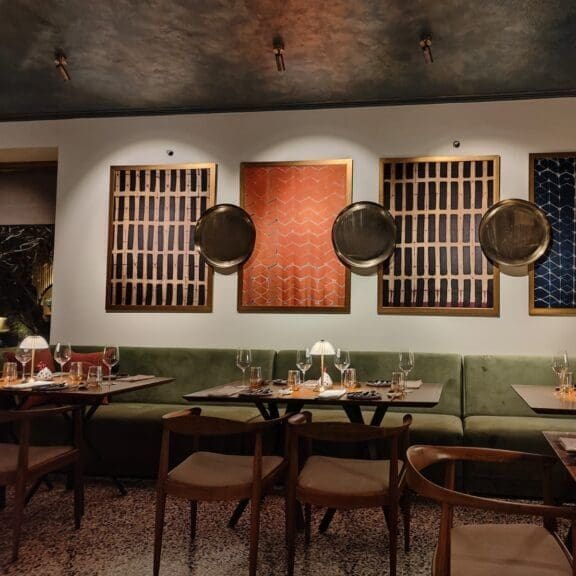 Giving your customers the option to find what they want at the price they want to pay is the key. To do this, you first need to take your customers’ perspective and be able to say “yes” to the following:
Giving your customers the option to find what they want at the price they want to pay is the key. To do this, you first need to take your customers’ perspective and be able to say “yes” to the following:
- Are your prices “fair”? (Do customers go “ouch” when they see them?)
- Do your prices enhance your restaurant or bar’s value?
- Would you pay your prices?
But before you revise your prices, you need to understand:
- How do your prices compare with other local restaurants and bars where your customers go?
- How well does each of your key menu items sell at its current price?
- What do your customers say about your prices on social media? (Yelp, TripAdvisor, etc.)
Six tips to maximize your restaurant or bar’s profitability and customer satisfaction
- Vary your prices to give your customers the option to find what they want at the price they want to pay, even with appetizers, side orders and desserts. For example, listing all desserts at the same price, such as $10, has two big risks:
- The price may be too high, so they skip dessert altogether – not all customers want to pay $10.
- You may not be able to include special desserts because they cost you too much to make.
- For any menu section with at least three items, think “good, better, best”:
- Good – lowest priced for your value-oriented customers
- Better – medium priced for your best sellers
- Best – highest priced for those who want to splurge
- For menu sections with six or more items, such as entrees, set your prices so that:
- Your highest priced item is at least twice your lowest priced. If your lowest priced is $9, your highest should be at least $18
- Price gaps between items are no more than 20% to encourage customers to trade up to higher priced options:
- Yes: $9, $10, $12, $14, $16, $18
- No: $9, $10, $11, $15, $20, $25
- Listing your menu items in price order from lowest to highest in a section can increase both your sales volume and average price. If the first item is the lowest price ($9), customers are most apt to look further. If it is one of the highest prices ($16 or $18), they may decide to skip the section altogether.
- Bundling items together to encourage the customer to “buy more to save more” can increase your sales and profit dollars. Bundling examples include:
- Side salad $6, $4 with sandwich
- Shrimp $3 each, six for $15
- Buy one, get a second at 50% off
- Creative pricing of your wine list offers special opportunities:
- By the glass – Using the same concepts as with entrees – twice the price from lowest to highest, less than 20% price gaps and listing your lowest priced glass first – can increase sales and profits.
- By the bottle – Since bottles last longer, you can offer a few higher priced bottles for wine lovers who wish to splurge and to add cachet to your restaurant.
- One special pricing opportunity: Customers expect red wine to cost more than white wine, so you can price your lowest priced red wine 10% higher. For example, if your lowest priced white wine glass is $9, your lowest priced red wine glass can be $10.
Incorporating these tips, the next time you revise your menu prices can help you increase your restaurant or bar’s revenue, profit and customer satisfaction without major investment.

















